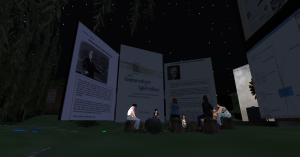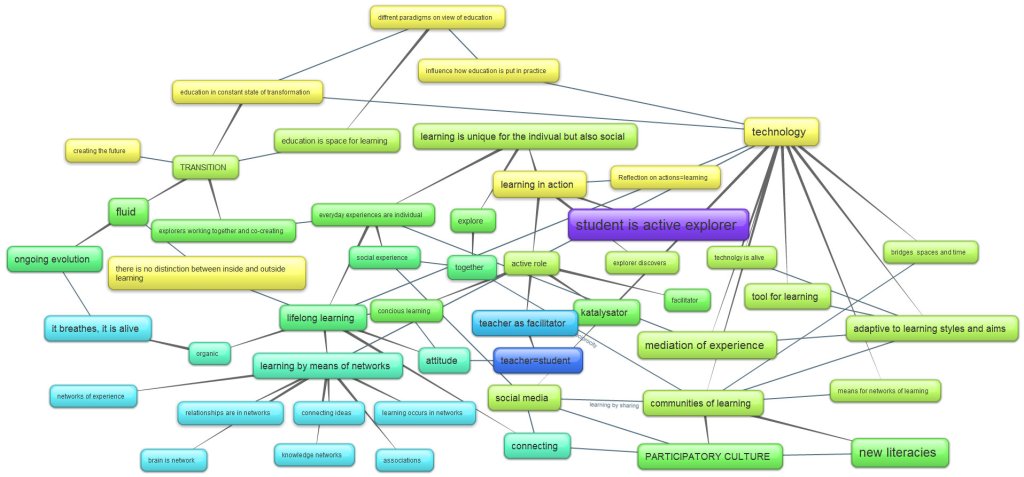Now half way the first academic semester, I’m reaching the end of the course I’m teaching on Sociology of Development. Where the concept of development and changing patterns in society are being explored from different angles. We have just started with the part where we creatively think about different futures. Yes, plural! because that is one of the main messages of this course, social change is about the pluralities of futures, we deal with a lot of the “what if’s”…and we have choices, we are agents of change and can choose wisely.
I named one of the themes the course deals with “Cultivating Humanity: a value re-boot”. The title of this particular theme was inspired by Martha Nussbaum‘s notion of “Cultivating Humanity” and the unique challenges we as human beings face in our contemporary realities.

Cultivating humanity: 3 capabilities
Nussbaum herself, a philosopher, delved into what it means to be human during different times in history and focuses on the meaning of humanity and its challenges in the 21st century, she explores the (crucial) role education plays in cultivating “humanity” and in specific the Liberal Arts and Social Sciences. The roots of the notion of cultivating humanity stems from the stoic philosopher Seneca (4 BC – 65 AD). Seneca contemplates the capacities that makes us, according to him, human beings. Cultivating Humanity is seen through Seneca’s eyes as a true civilization project. Both philosophers -the classical Seneca and the more contemporary Nussbaum- explore what the particular role of education is in contributing to the ideal of humanity. In Seneca’s vision liberal education plays a crucial role, it not only helps to cultivate individuals with the capacity of critical self-reflection, but most importantly, with a “sense of belonging” to something larger than ourselves. Nussbaum, from a more humanistic liberalism perspective, weaves further on this notion and translates these “required” capacities in 3 golden capabilities for what is needed to become a true citizen of the world:
- Sympathetic imagination/empathy
- The Critical examination of one self/reflection
- The authentic feeling of belonging to humanity/solidarity.
The following short film entitled “Page 23” was made during The 48 hour Film Project 2011 in Utrecht. The film captured my attention as it radically contrasts Nussbaum’s capabilities for the cultivation of humanity. Page 23 not only refers to a page in the well known catalog of the Swedish IKEA, but illustrates the perpetual hedonistic emptiness of trying to buy life-fulfillment, the consuming of life. Relationships are shallow and individuals are being portrayed here as replaceable, just as products in the catalog.



